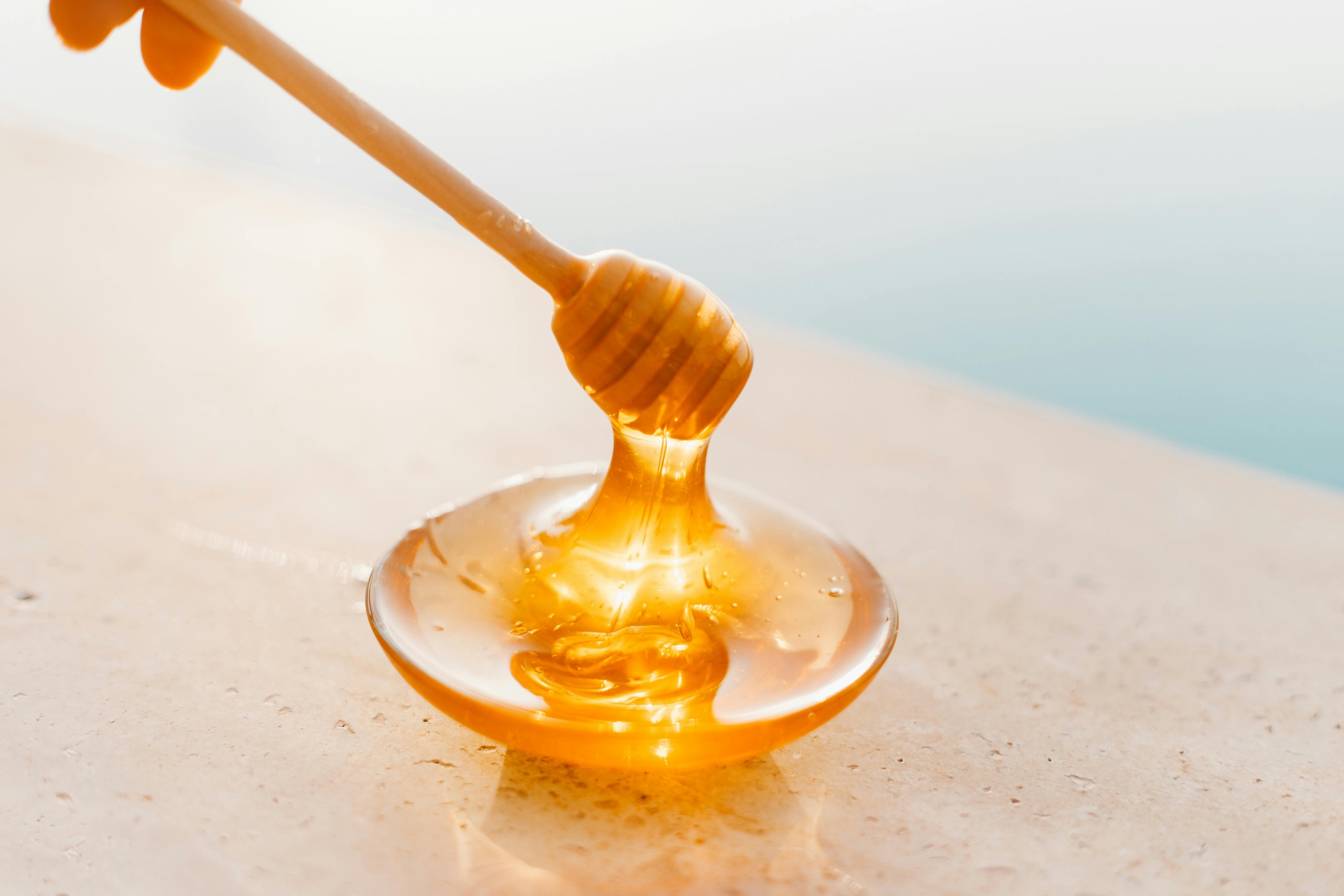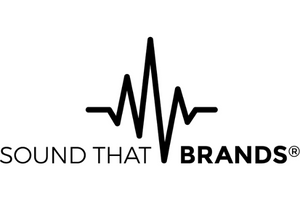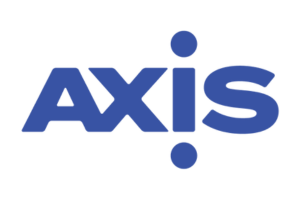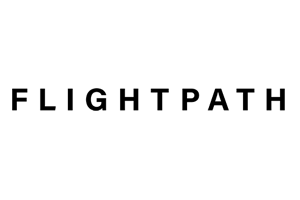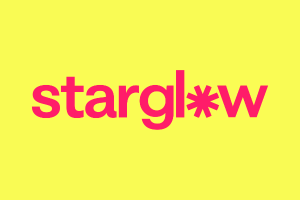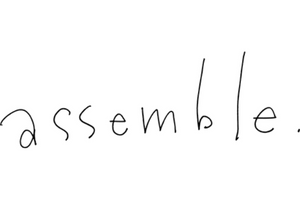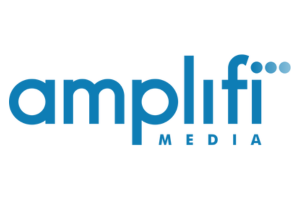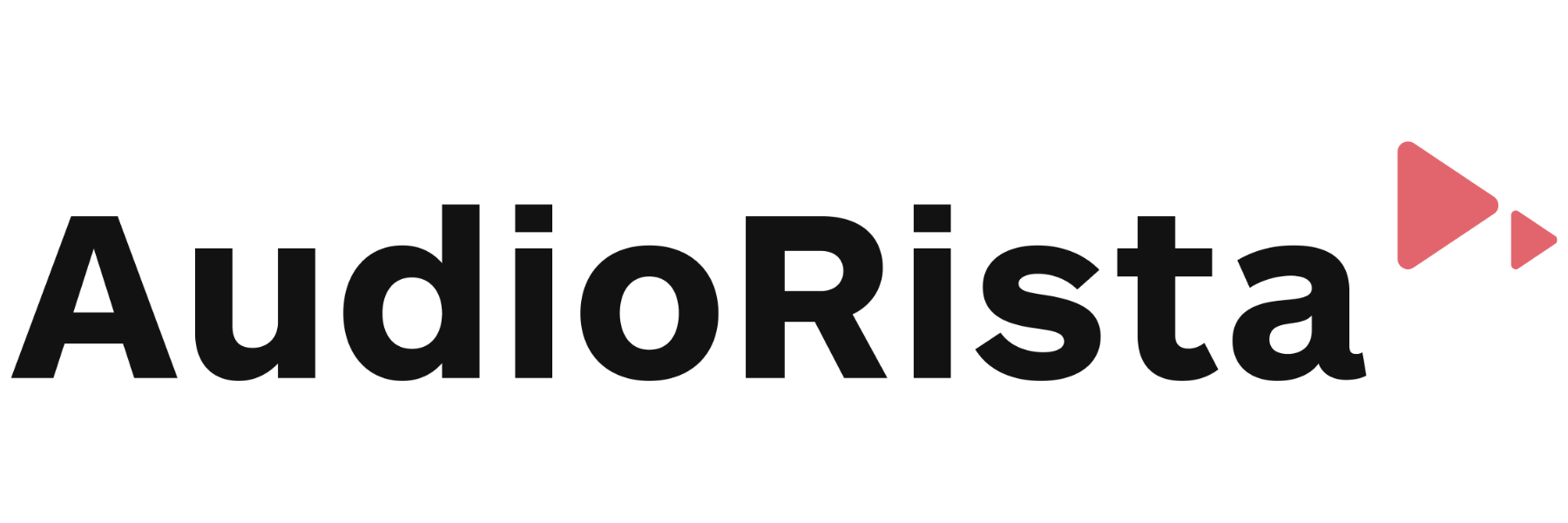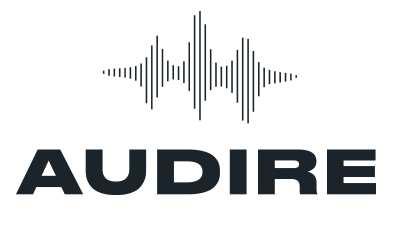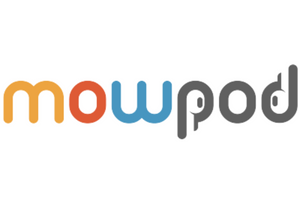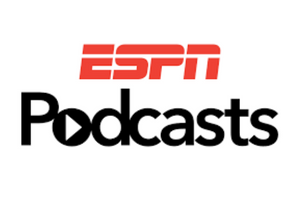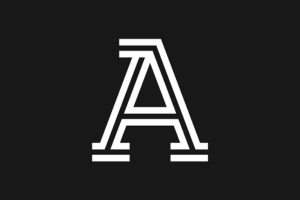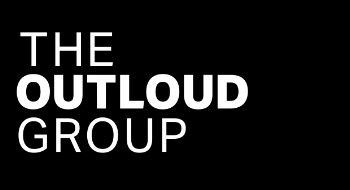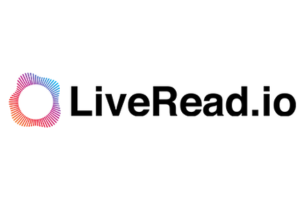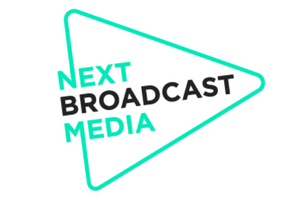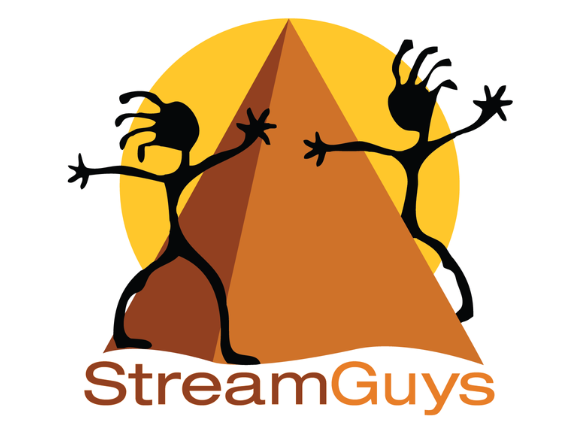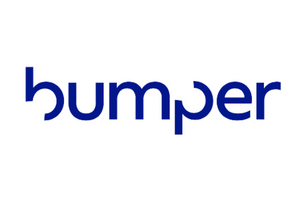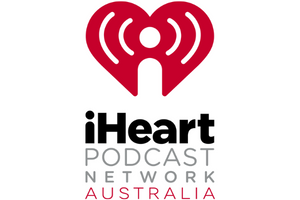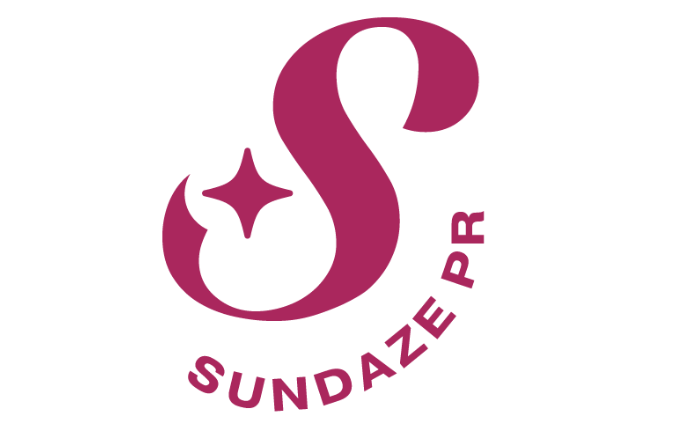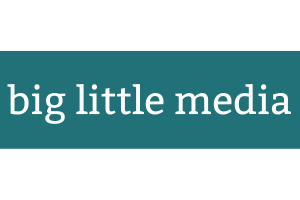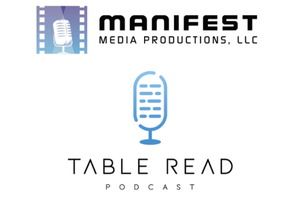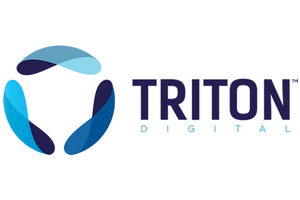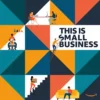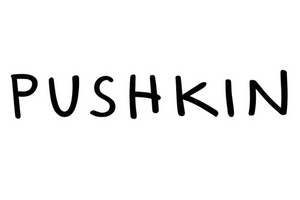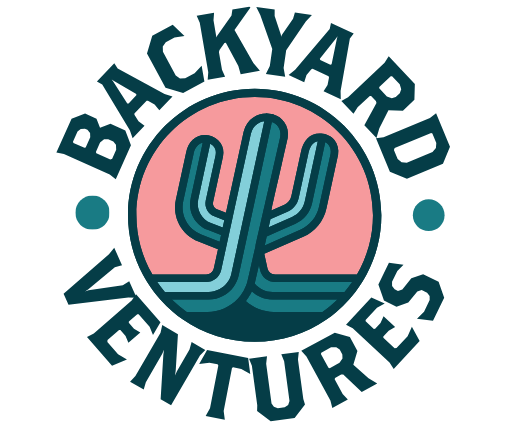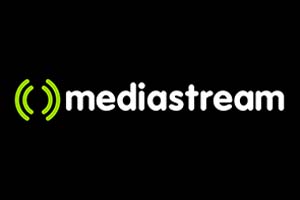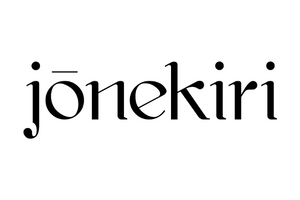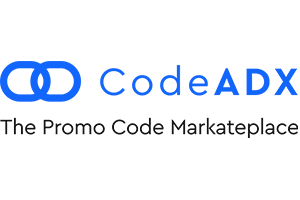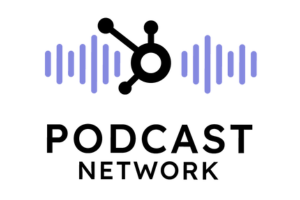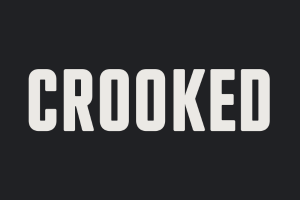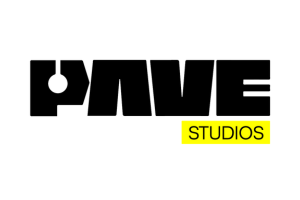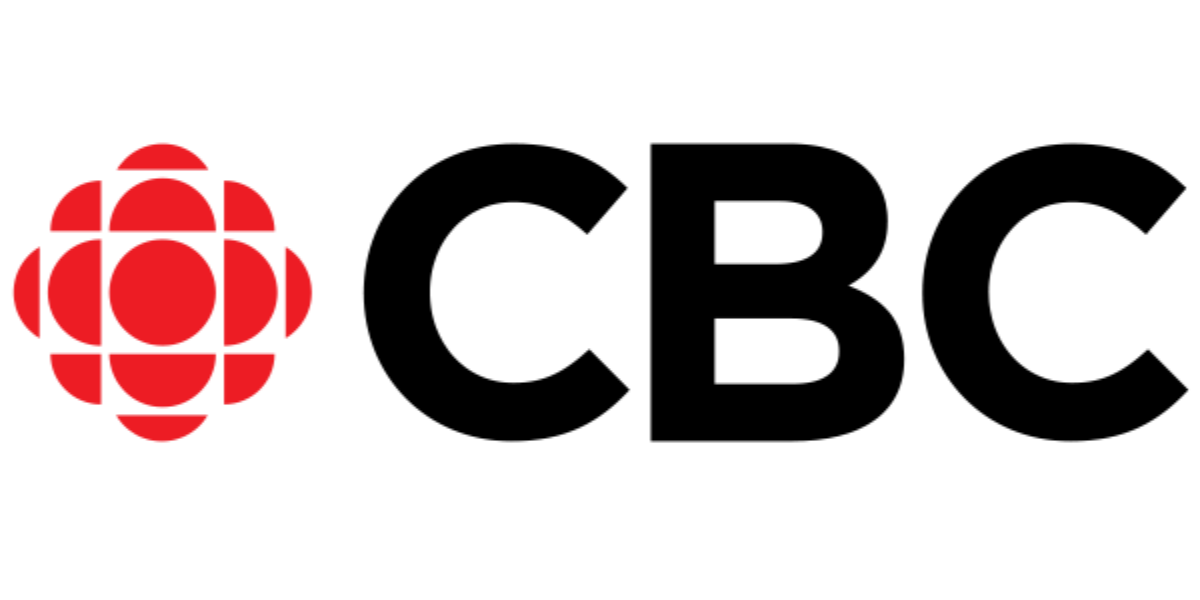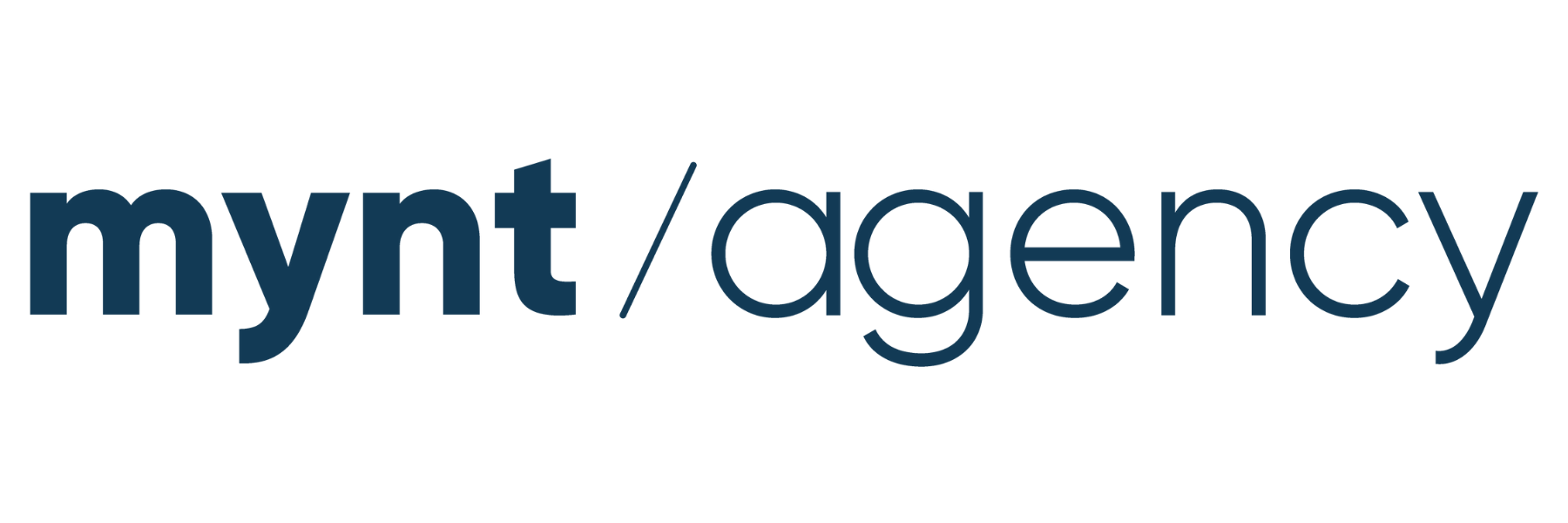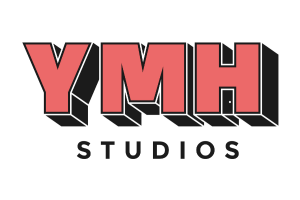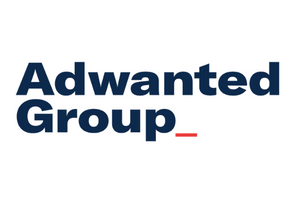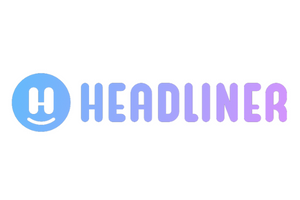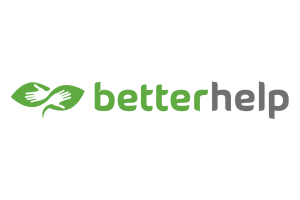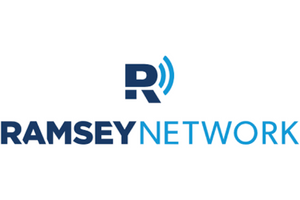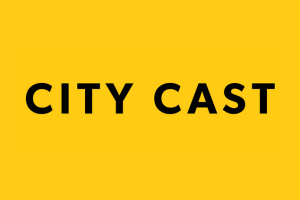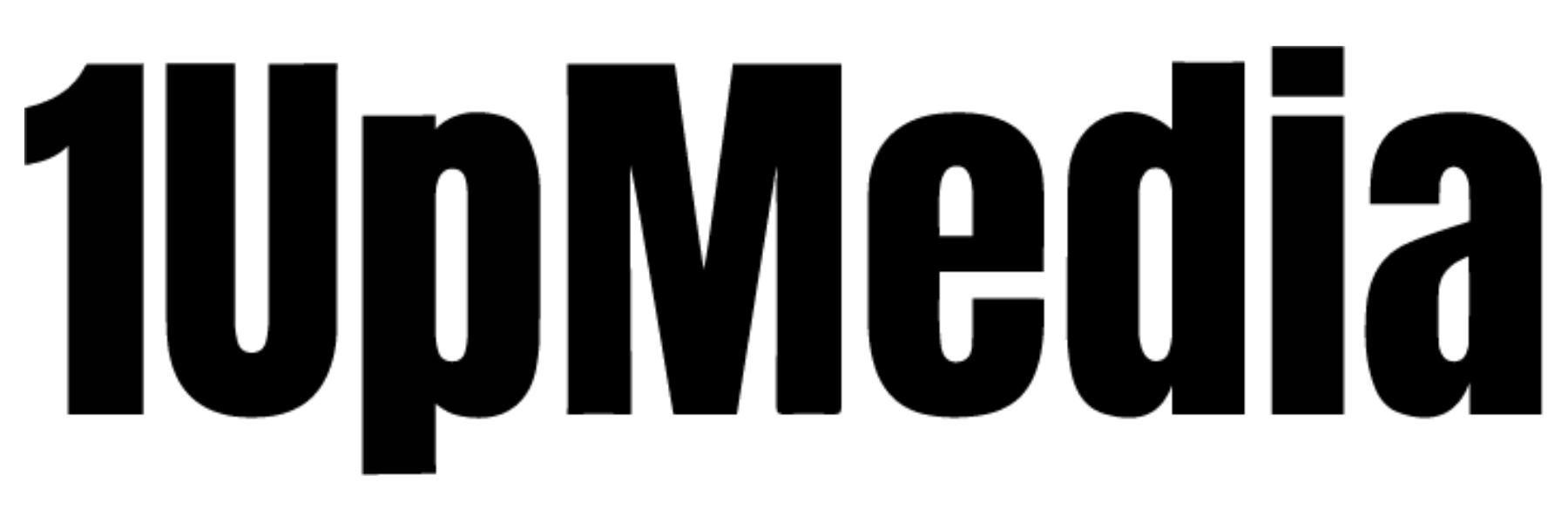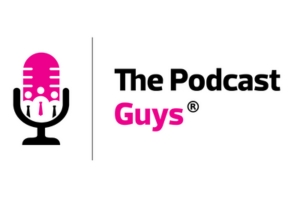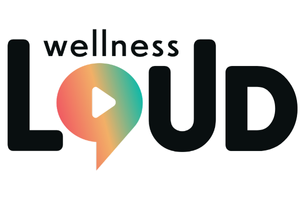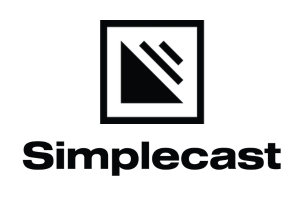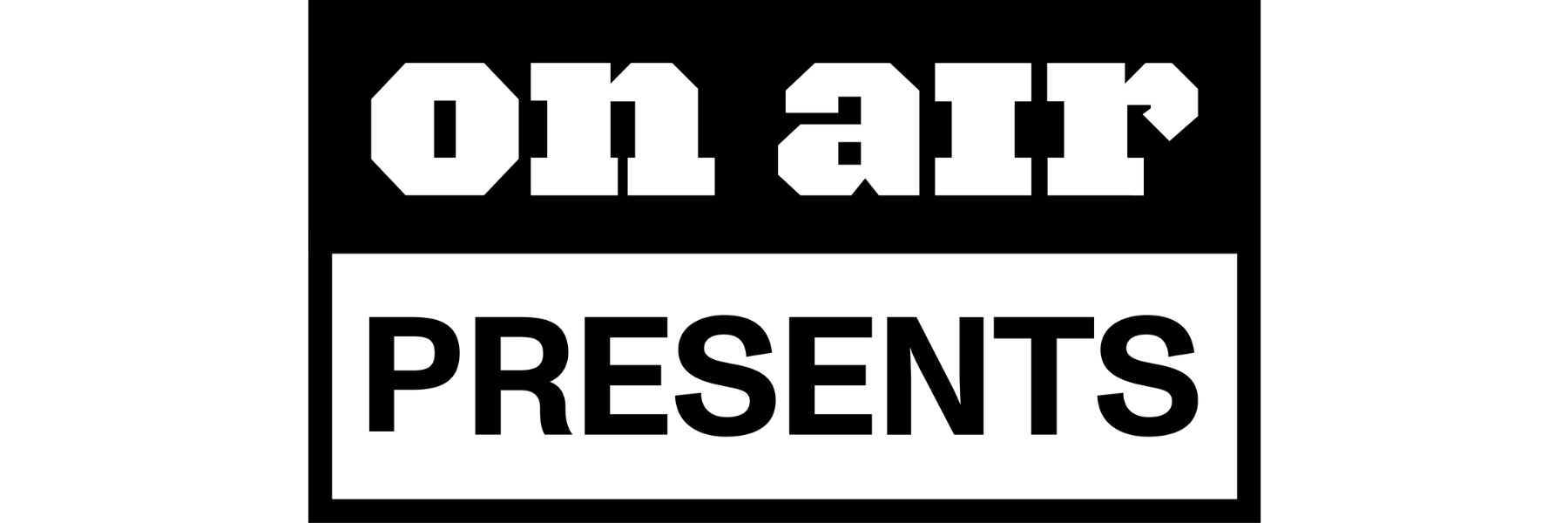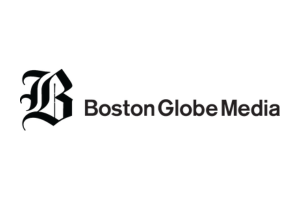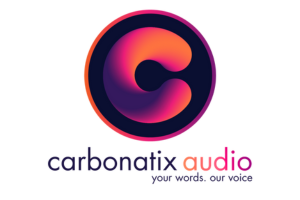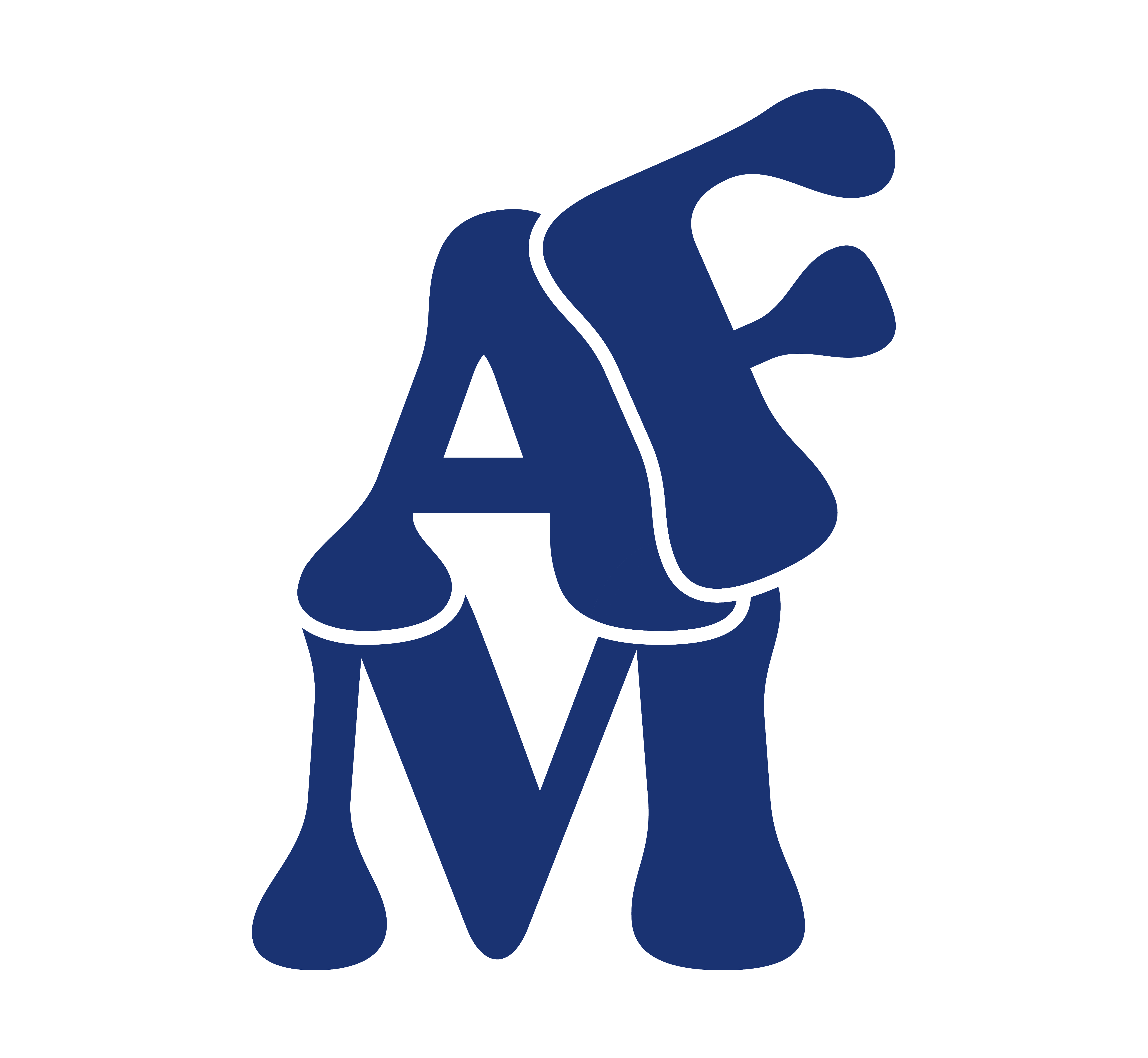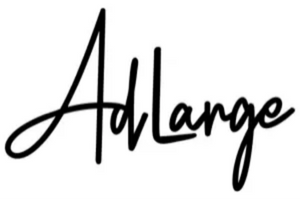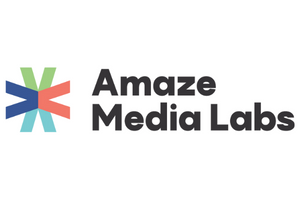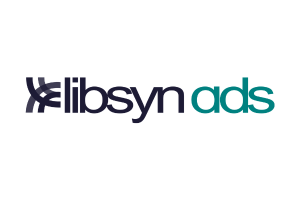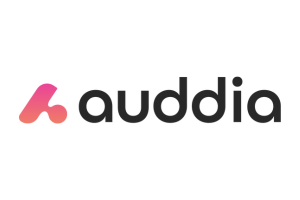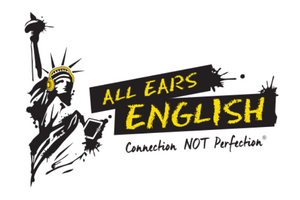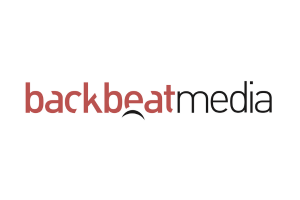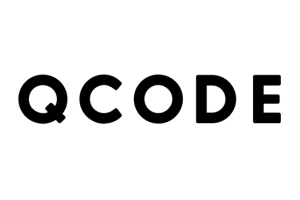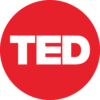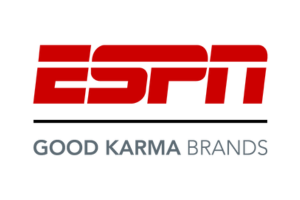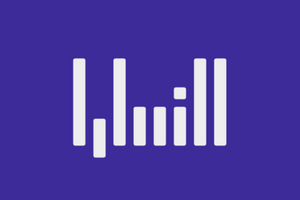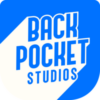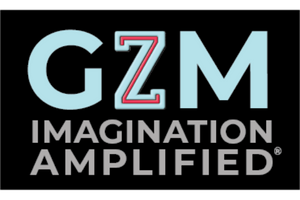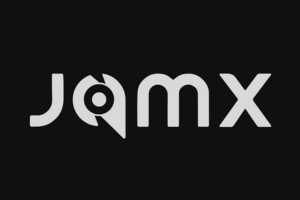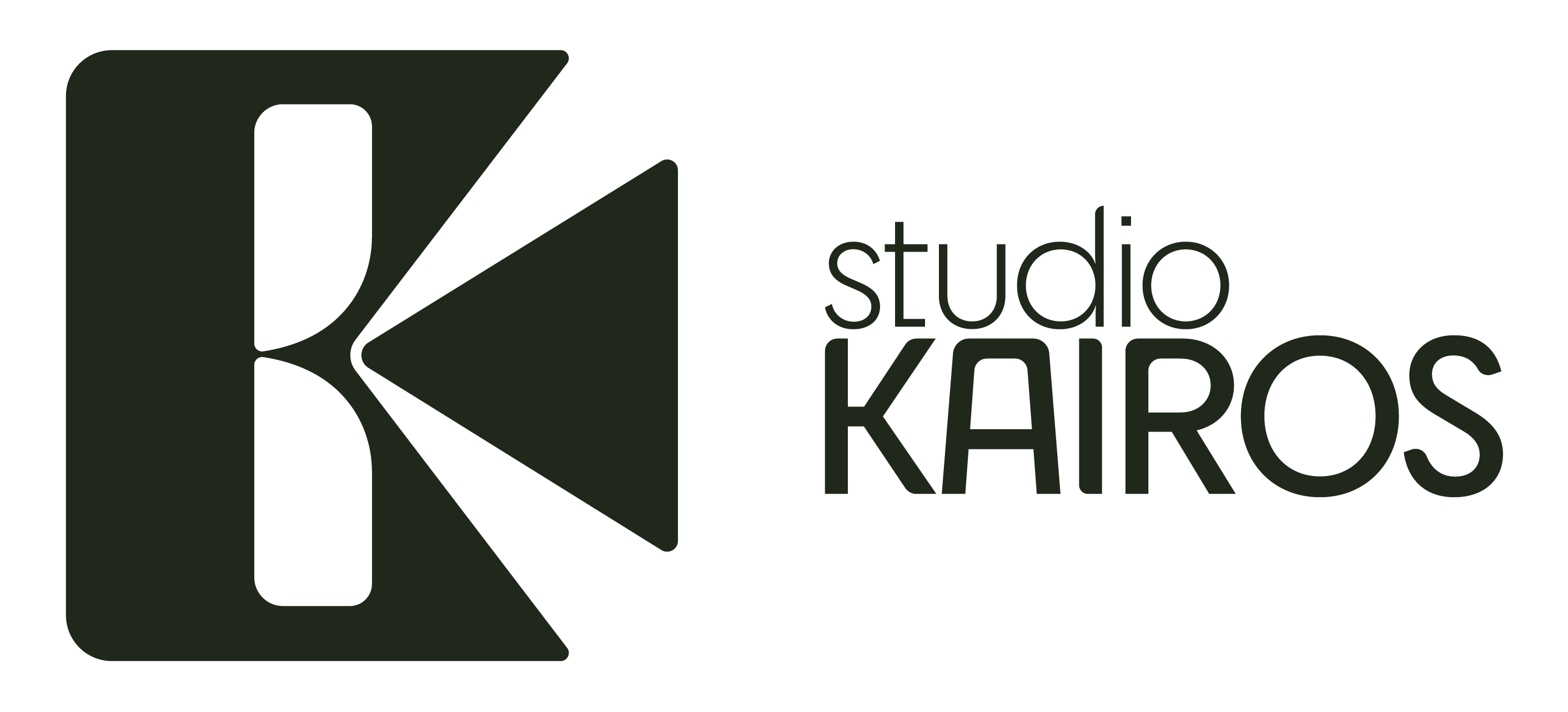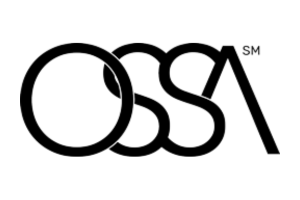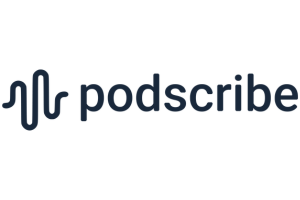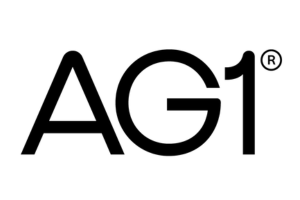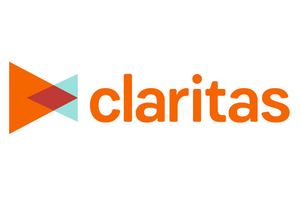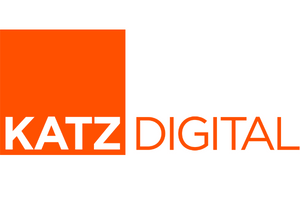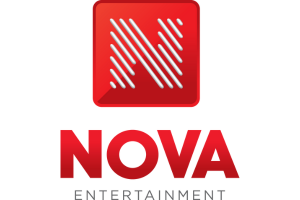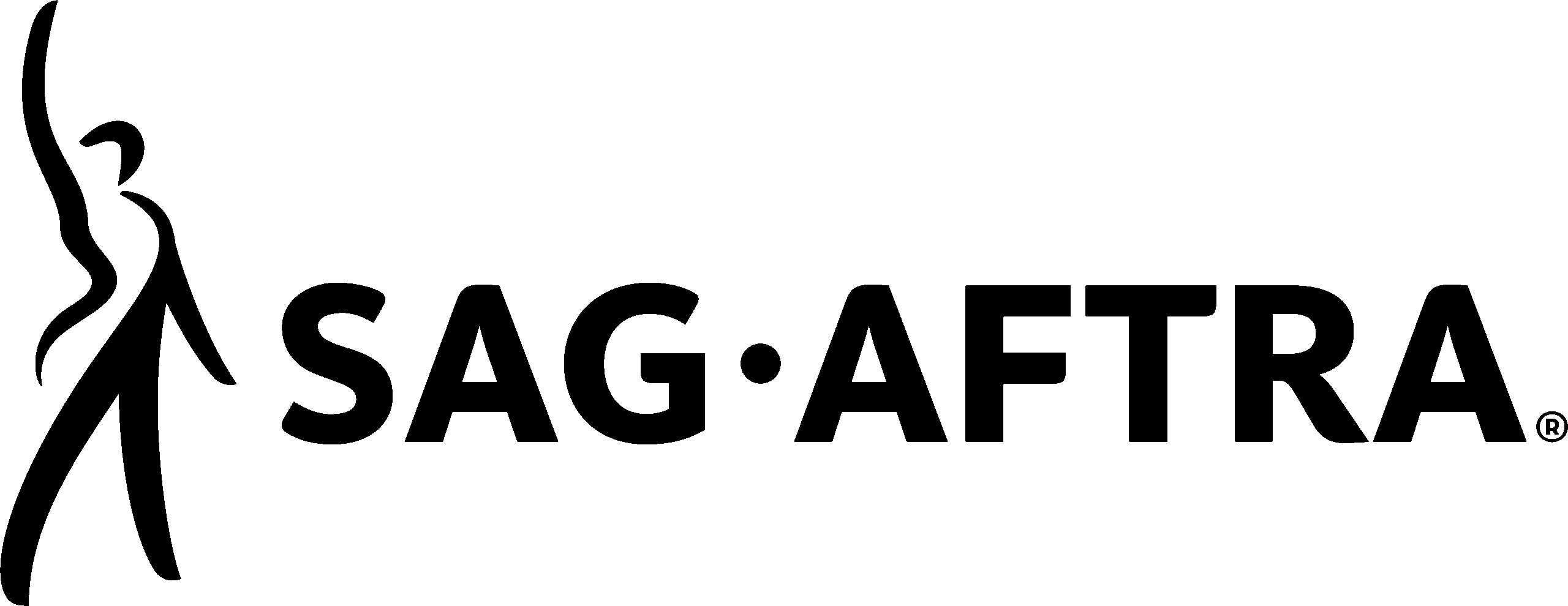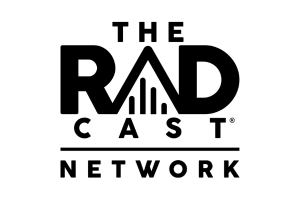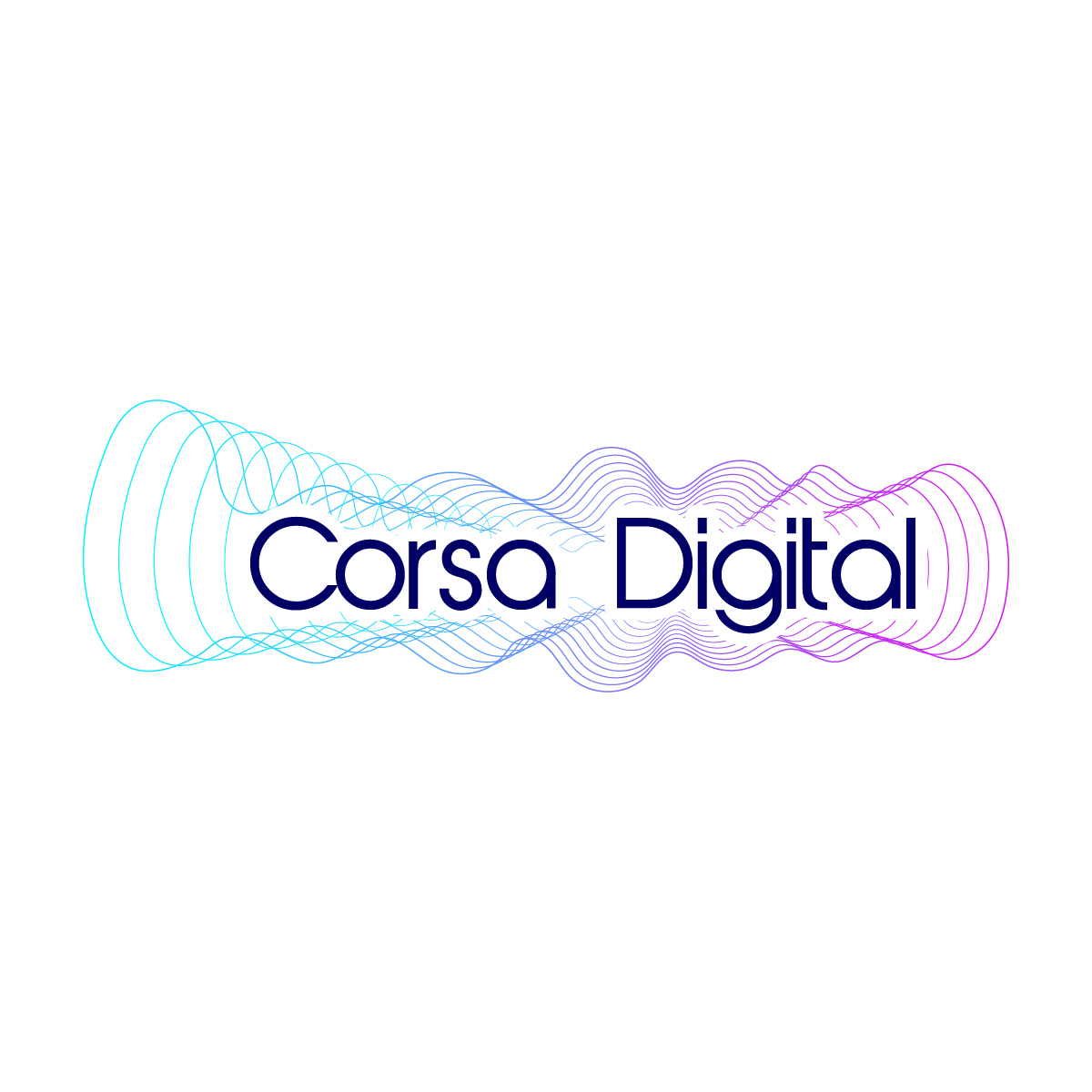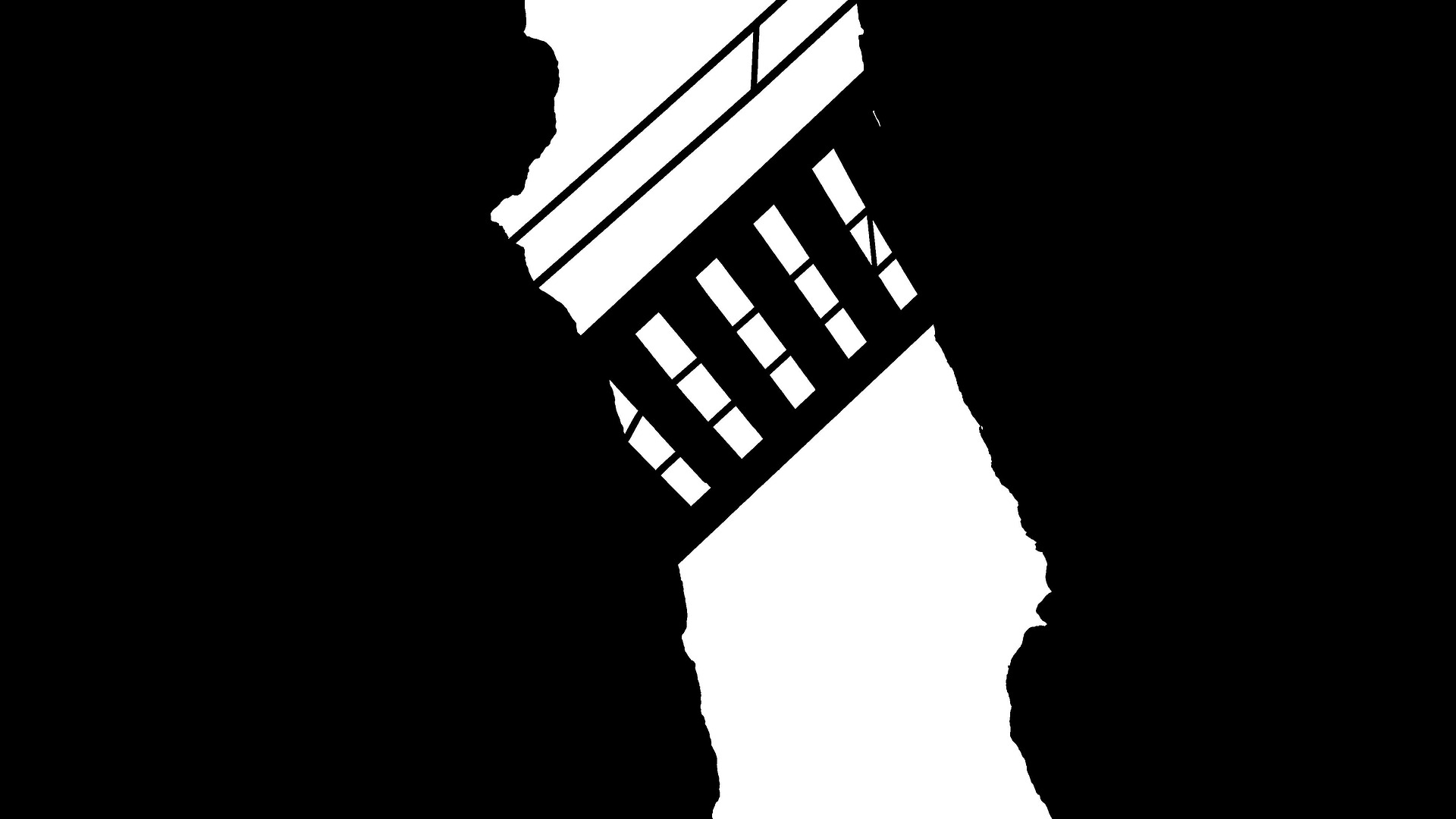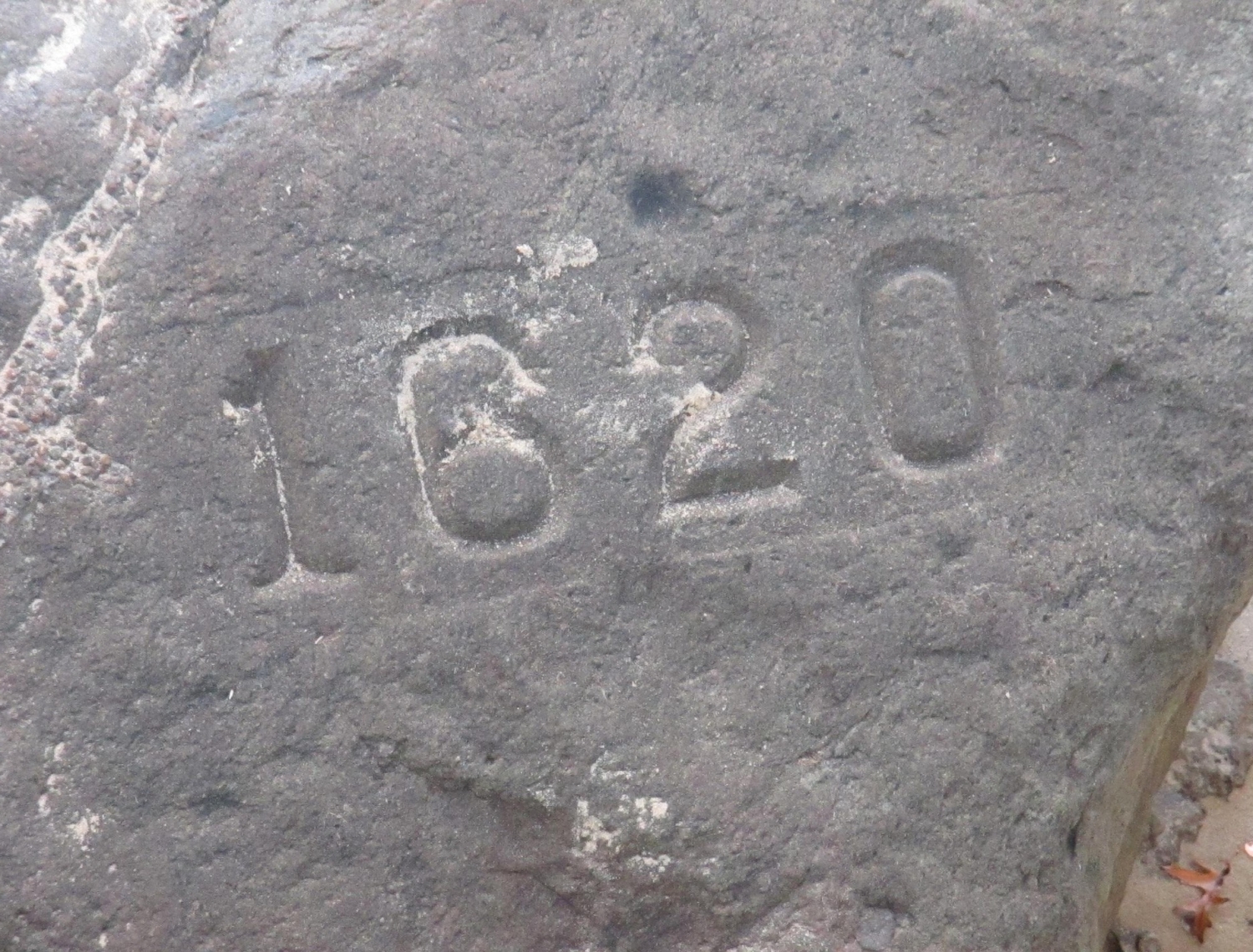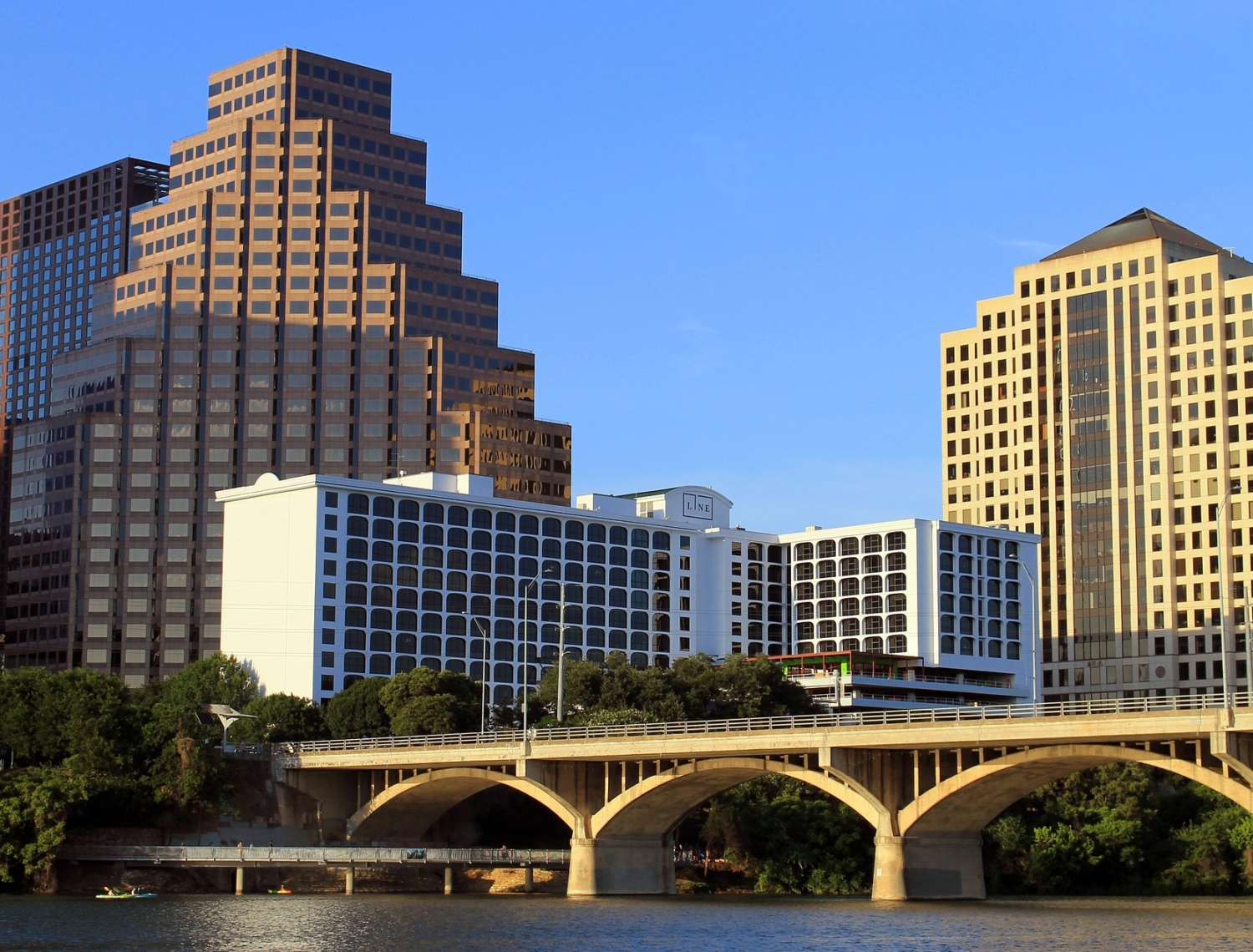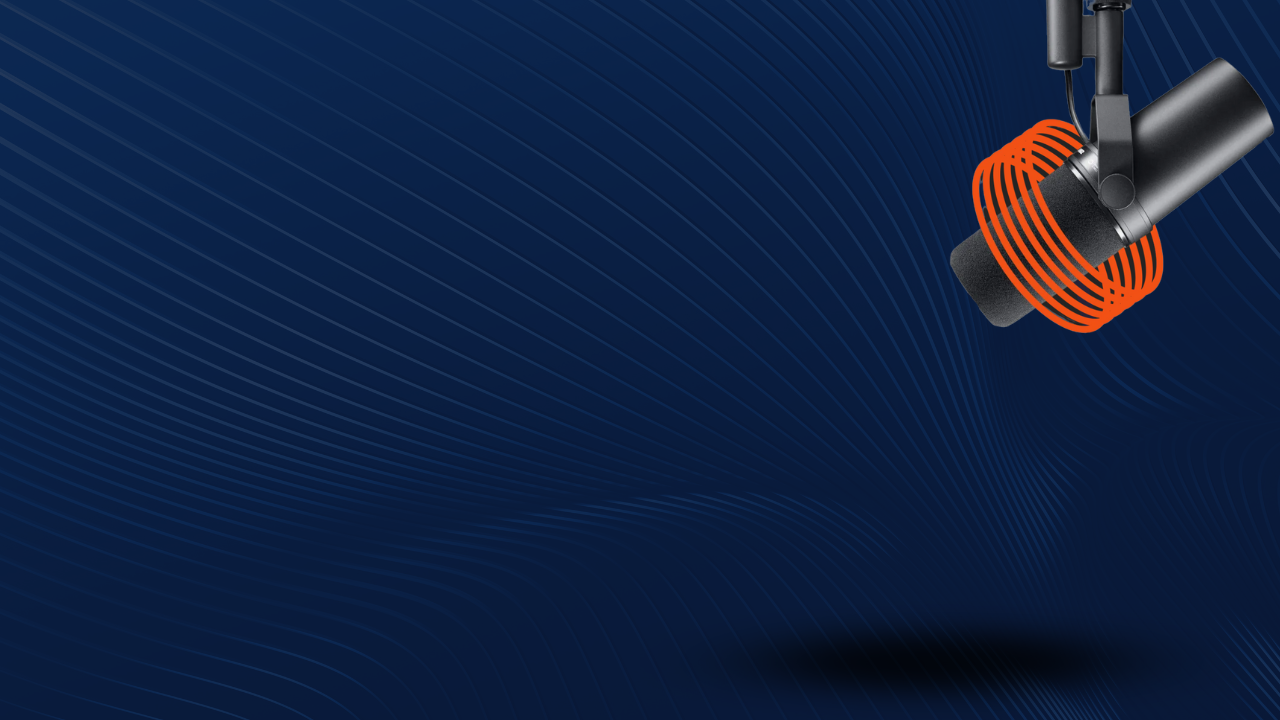Sounds Profitable's latest flagship study is now live with The Advertising Landscape Part One: Reach. The largest study on podcast advertising effectiveness in the U.S> surveyed 5,000 Americans aged 18+, comparing podcasting to fifteen other ad-supported media channels. The report is now live for free download, as well as a 41 minute presentation from Tom Webster going over key findings from the study. Available now!
The latest data from The Advertising Landscape got me thinking about something that’s been gnawing at me for a while. Looking at the reports, ad-supported podcasts are showing 31% monthly usage among Americans 18+, which puts us ahead of Snapchat, X/Twitter, and several other platforms people think are “bigger” than we are.
But dig a bit deeper into the report and you’ll see the challenge hiding in plain sight: among monthly podcast listeners, 61% convert to daily or “near daily” listening, which is below the average conversion rate of 70% across all media types. And when we look at “prime” users (those who not only listen daily but also count podcasts as one of their top four ad-supported choices), the number drops to just 23% – again, below the 32% average across all media.
Facebook, Instagram, and TikTok all convert more than 80% of their monthly users to daily users. Even “legacy” media like broadcast radio and network television convert at higher rates than podcasting. We’re leaving a lot of audio attention on the table. We have a great opportunity to increase these conversion percentages. No, podcasting will never be as “sticky” as Facebook or TikTok, because those channels can be consumed in tiny, “micro vacations” throughout the day. But I think we can be above average!
Why is this happening? If we look at the demographic data on podcasting’s prime users, we’re attracting a nice, well-balanced audience across age groups (34% 18-34, 39% 35-54, and 27% 55+), which is actually a healthier spread than most streaming audio. But we’re just not making podcast listening a consistent habit for enough people.
This brings me to an analogy I’ve been mulling over: most podcasters are building a stage when they should be building a theater.
The Stage Is Just the Beginning
Let me explain what I mean. The stage is your show – it’s where you perform, where you deliver your monologue or interview or narrative. It’s where the “official” content happens. And most podcasters stop there, focusing entirely on making the show itself better.
That’s important! Don’t misunderstand me. But it’s incomplete. A theater isn’t just a stage.
A complete theater has at least three essential components:
- The stage (your show)
- A backstage area (where performers and audience can connect)
- A lobby (where audience members connect with each other)
We obsess about the stage. We’ve dedicated countless hours to microphone technique, sound design, editing workflows, and storytelling structure. Those things matter! But they’re not enough to create habitual listening. They’re not enough to push that 61% daily conversion rate up to 70% or higher.
Building the Backstage
The backstage area is where the audience gets to peek behind the curtain and connect with you, the creator. This is where parasocial relationships become something more real. In traditional theater, this might be a stage door where fans wait for autographs. In podcasting, it could be:
– A newsletter where you share more personal thoughts
– A social media presence that isn’t just promotion but genuine interaction
– A Discord server where you respond to listeners directly
– Live events where people can meet you in person
– Bonus episodes that feel more informal and intimate
Some of the most successful shows I know have strong “backstage” components. The hosts make themselves accessible. They create the illusion (or the reality) that they’re more than just voices – they’re potential friends. This deepens the relationship and makes listening to the next episode feel more like catching up with a friend than consuming content.
Designing the Lobby
The lobby is perhaps the most overlooked aspect of the podcast theater. This is where listeners connect with each other. It’s where communities form. It’s where your show becomes more than just content – it becomes a shared cultural touchpoint.
A podcast lobby might be:
– A community forum where listeners discuss episodes
– A comment section that hosts actively moderate and participate in
– A hashtag that people use to find other fans
– In-person meetups for listeners (even without the hosts present)
– Fan-created content like wikis, discussion threads, or interpretations
The best lobbies have a culture of their own. They develop inside jokes. They create their own slang. They debate theories. They form friendships and even relationships. And critically, they keep coming back – not just for your content, but for the community they’ve found.
It Doesn’t Require Multiple Platforms
Here’s the good news: building this theater doesn’t mean you need to fragment your attention across a dozen platforms. Some of the most effective “podcast theaters” use a single platform to serve all three functions.
A simple Discord server can host the show (via announcements and links), the backstage (via hosts having direct conversations with fans), and the lobby (via fan-to-fan interaction). The same could be true of a well-managed subreddit, Facebook group, or even an old-school forum.
The key isn’t where you build your theater – it’s that you build one at all.
The Stickiness Factor
The report shows that 31% of Americans are already listening to podcasts with ads. That’s nearly a third of the country! But we’re leaving too many of them as casual listeners who dip in and out rather than making it a consistent habit.
Building the complete theater is how we improve that 61% daily conversion rate. It’s how we move podcasting from a media category to a genuine habit. And it’s how we compete with platforms that have engineered themselves for maximum stickiness from the ground up.
Does this mean your indie true crime show needs to have the same level of community engineering as Facebook? No. But it does mean that if you’re not thinking beyond the stage, you’re leaving audience attention on the table.
And in 2025, that’s attention none of us can afford to lose.
New Partners
Sounds Profitable exists thanks to the continued support of our amazing partners. Monthly consulting, free tickets to our quarterly events, partner-only webinars, and access to our 1,800+ person slack channel are all benefits of partnering Sounds Profitable.
- Pilot Podcasts partners with creators and networks to elevate audio content through strategic focus groups and listener testing—ensuring every show launches with impact, clarity, and audience alignment.
- Gamut Podcast Network: A national podcast network with local ties that isn't trying to copy what’s already out there. We’re building what comes next.
- Postindustria is a seasoned AdTech partner that helps audio SSPs and distribution platforms boost programmatic revenue through custom Prebid integrations and scalable monetization infrastructure.
Want to learn more about partnership? Hit reply or send us an email!

